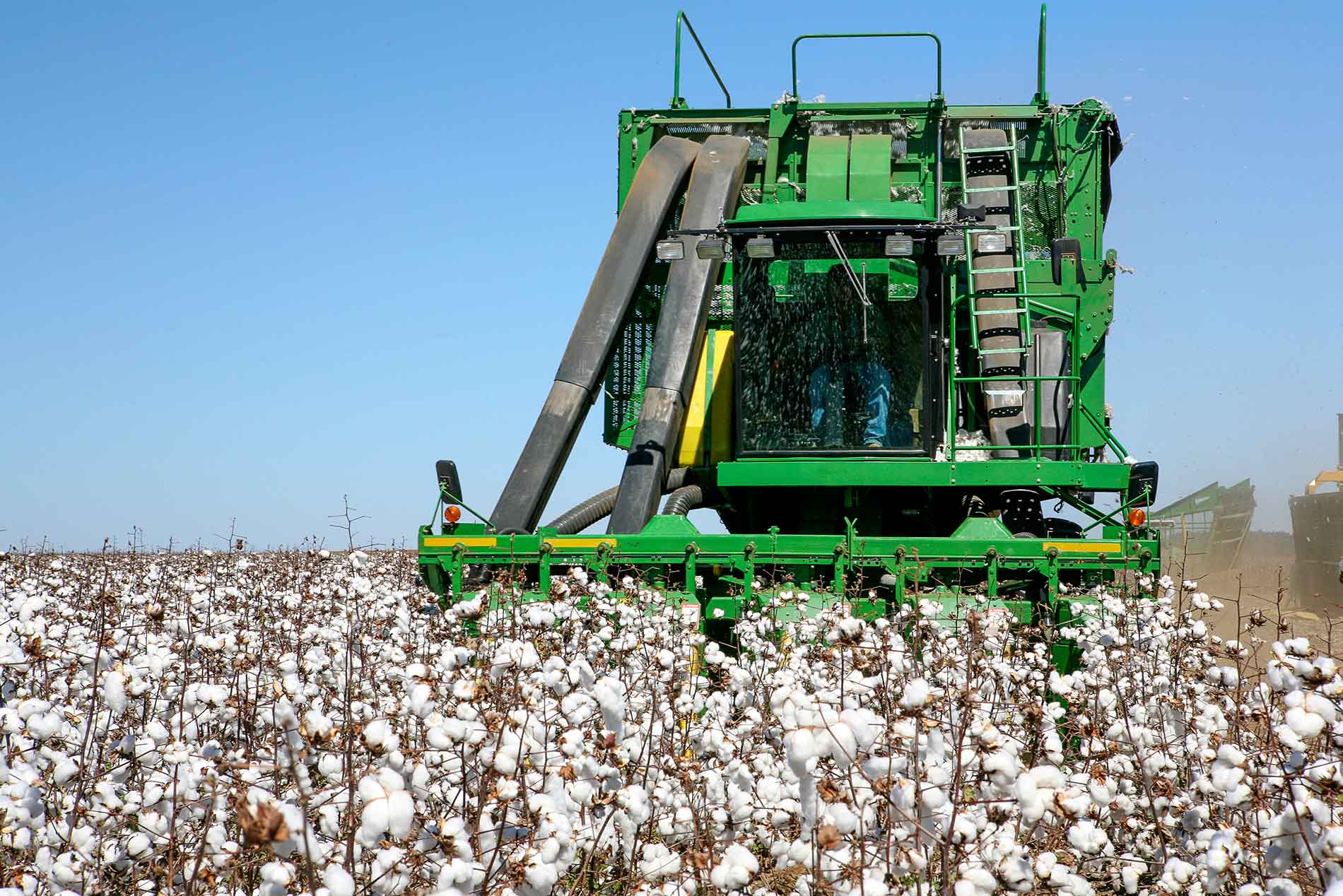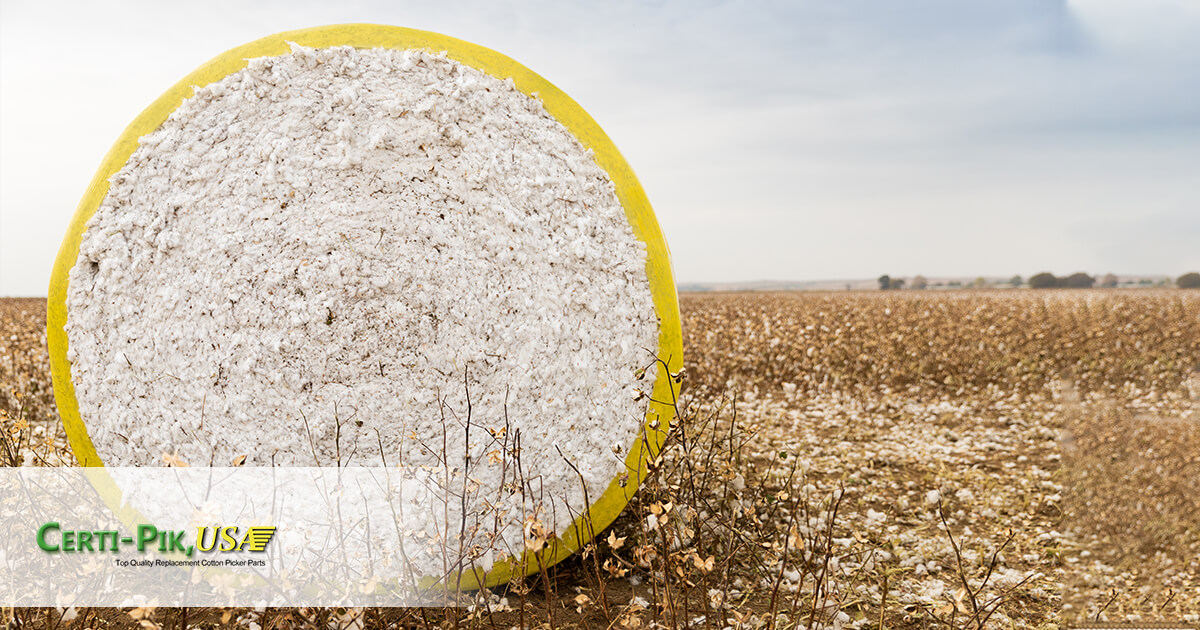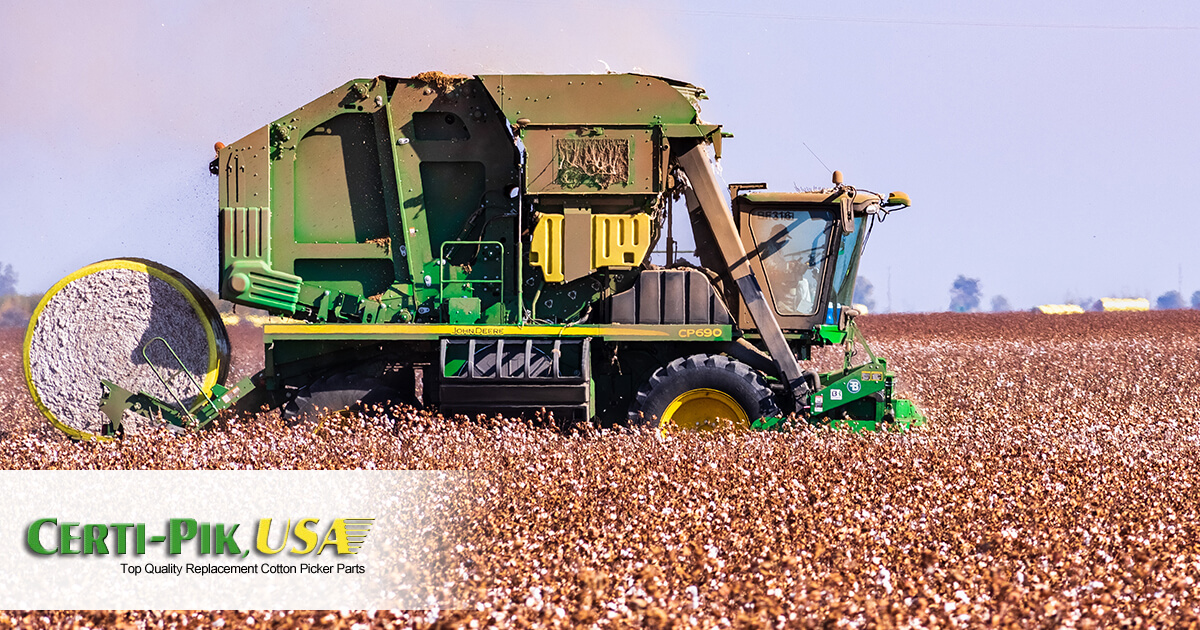Agricultural practices have come a long way, evolving with time and technology to meet the growing demands of a rapidly expanding global population. In the realm of cotton farming, the utilization of mechanized equipment has revolutionized the industry. Among these advancements, cotton harvesters have emerged as a game-changer, delivering unmatched efficiency and productivity to farmers
READ MORECotton Harvesting
Choosing the Right Cotton Harvester: Key Considerations for Farmers
Cotton harvesting is a critical stage in the cotton farming process, and the efficiency and quality of the harvest directly impact a farmer’s productivity and profitability. With advancements in agricultural technology, modern cotton harvesters have become increasingly sophisticated, offering a wide range of features and capabilities. However, choosing the right cotton harvester can be a
READ MORECotton Bale Definition and Production
A cotton bale is defined as being refined cotton, packaged at a particular size, manageable for use by modern production methods. That is to say, a cotton bale is cotton which has been put through a cotton gin (engine) to remove the cotton fiber from seeds or any dirt and grime which may have accumulated
READ MOREJohn Deere Cotton Picker 690 FAQ’s
The John Deere CP690 is an extremely popular cotton picker available on the market today. Built, like all John Deere models, to be efficient, powerful, and durable, there are a few places that this model differs from the other equipment that John Deere offers. With that in mind, here are some of the most frequently
READ MOREJohn Deere Cotton Picker 7760 FAQ’s
John Deere is known as one of the most famous tractor companies who set the standard for farm equipment, both in terms of how the job gets done and quality of available machinery. They are most commonly known for providing industrial farm equipment, in addition to meeting a homeowner’s residential needs. The John Deere Cotton
READ MORE



